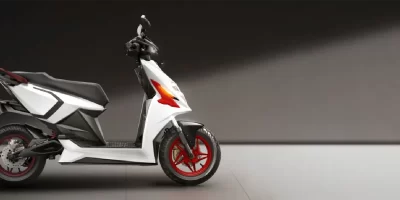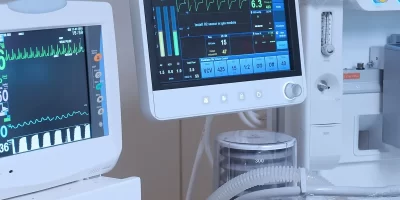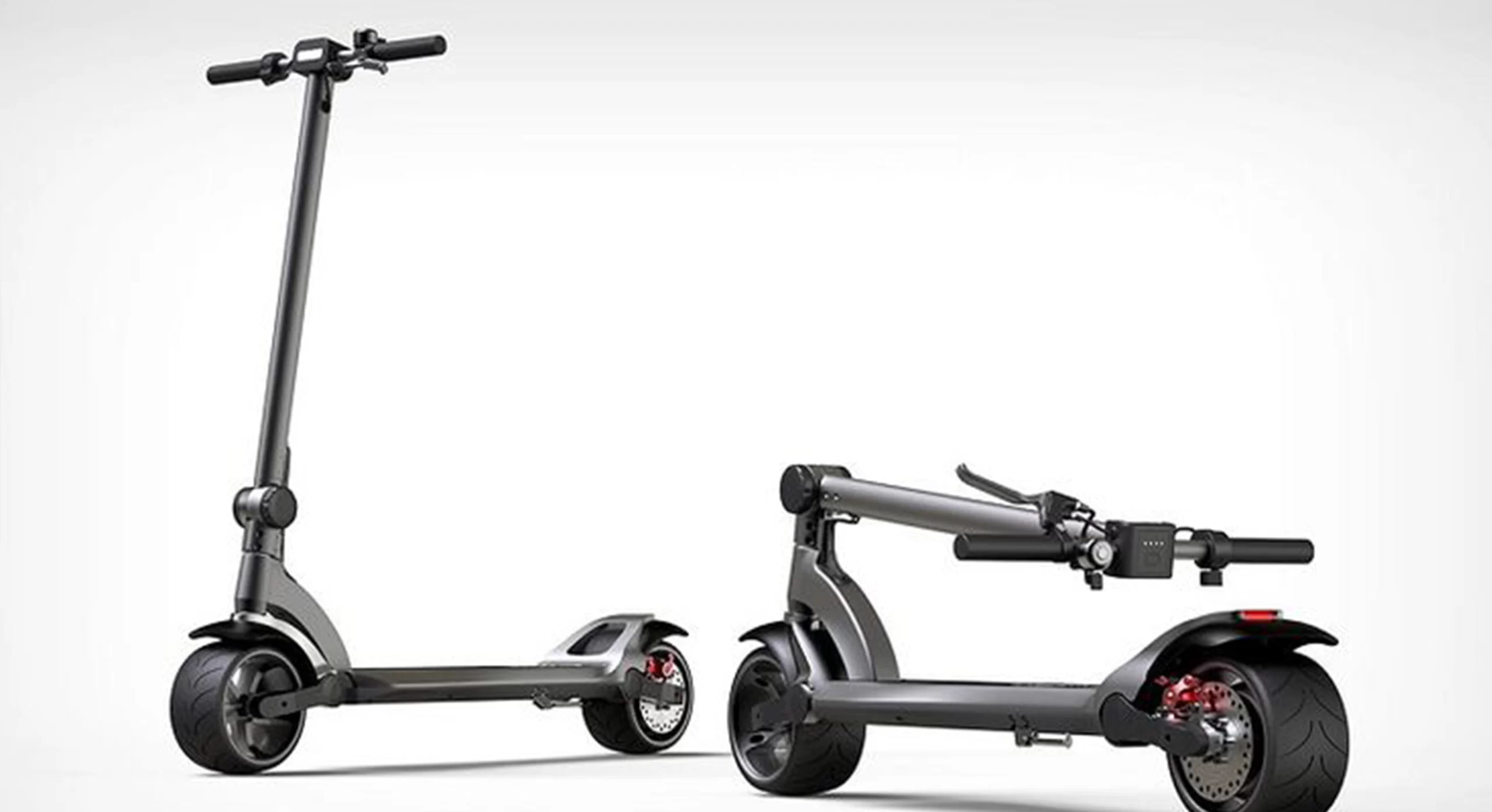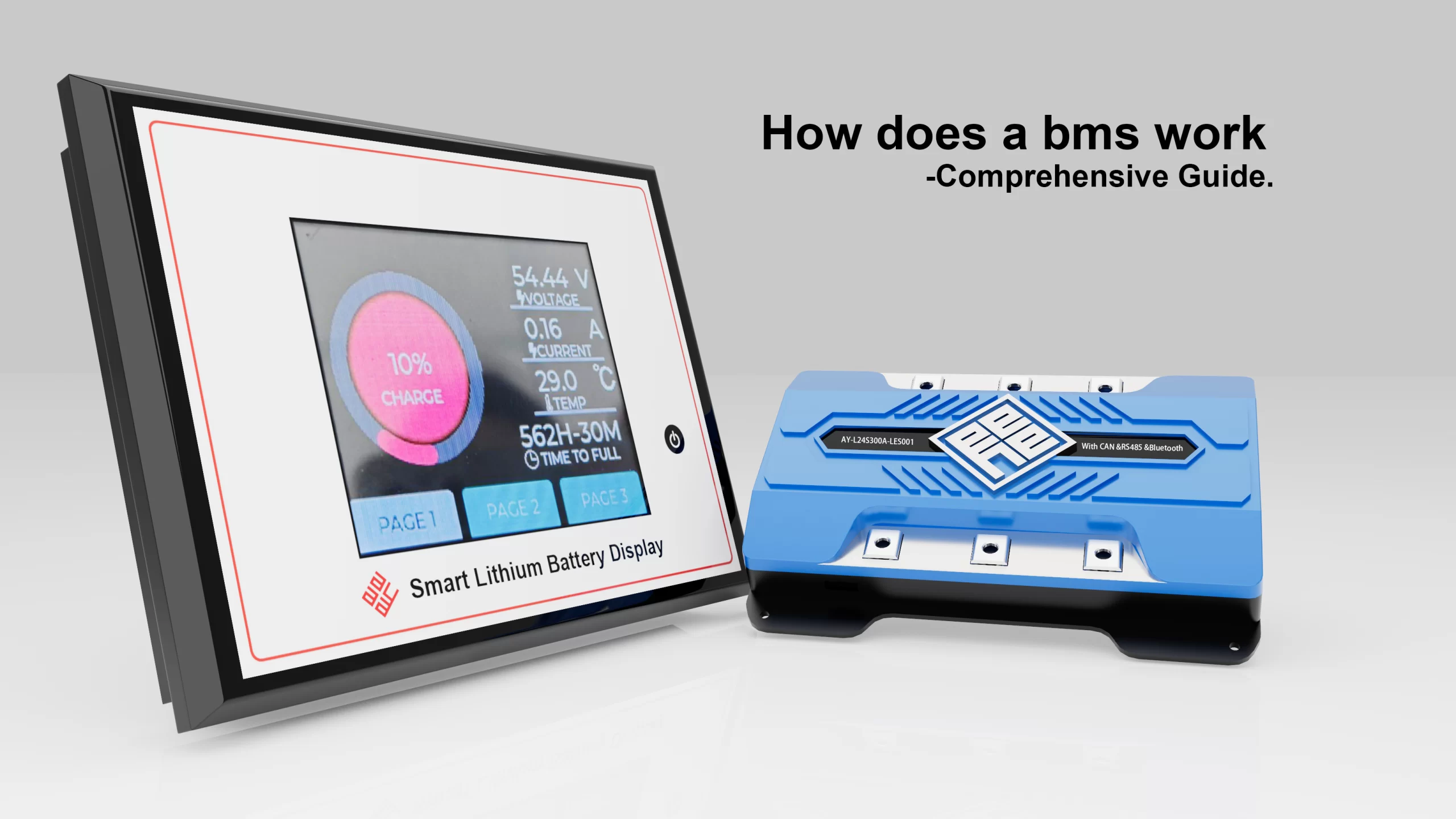Home About Us EVENTS & NEWS Mastering PCB Design: From Basics to Advanced Applications in Modern Electronics
Mastering PCB Design: From Basics to Advanced Applications in Modern Electronics
Mastering PCB Design: From Basics to Advanced Applications in Modern Electronics
PCB design is the cornerstone of modern electronics, enabling the creation of everything from smartphones to industrial automation systems. This guide explores the fundamentals of PCB design, its critical role in electronics, and advanced techniques to optimize performance and reliability. Whether you’re a beginner or an experienced designer, learn how to navigate the complexities of PCB design and stay ahead in this ever-evolving field.
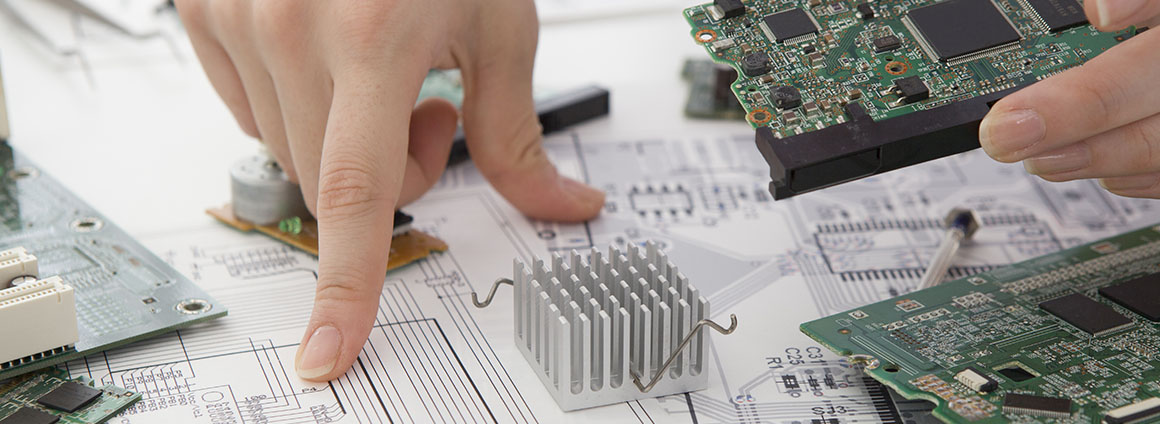
What is PCB Design? A Beginner’s Guide
A Printed Circuit Board (PCB) is the backbone of modern electronics. It is a flat board made of insulating material like fibreglass, with conductive pathways etched or printed onto its surface. These pathways, usually made of copper, connect various electronic components like resistors, capacitors, and integrated circuits to form a functional electronic device.
PCB design is creating the layout and structure of a printed circuit board. It is a critical step in electronics manufacturing because it determines how efficiently and reliably the electronic components will function. A well-designed PCB ensures optimal signal integrity, thermal management, and power distribution, which are essential for the performance and longevity of electronic devices.
Key Components of PCB Design:
Substrate: The base material, usually fibreglass, that provides mechanical support.
Copper Layers: Thin layers of copper foil that form the conductive pathways.
Pads: Small areas of copper where components are soldered.
Vias: Small holes filled with conductive material to connect different layers of the PCB.
Solder Mask: A protective layer that prevents short circuits and oxidation.
Silkscreen: Text or symbols printed on the PCB for component identification.
PCB design is at the heart of modern electronics because it enables the miniaturization and integration of complex circuits. Without PCBs, it would be impossible to create compact, high-performance devices like smartphones, laptops, and medical equipment.
How Does PCB Structure Work? Understanding the Basics
A PCB is composed of several layers and components that work together to create a functional circuit. The main elements include:
Base Material (Substrate): Provides structural integrity and insulation.
Copper Traces: Form the electrical connections between components.
Solder Mask: Protects the copper traces from environmental damage.
Silkscreen: Adds labels and identifiers for easier assembly and troubleshooting.
PCB Manufacturing Process: Step-by-Step
1. Design and Layout: Use EDA (Electronic Design Automation) software to create the schematic and layout.
2. Printing the Design: Transfer the design onto the PCB using a photolithographic process.
3. Etching: Remove excess copper to leave only the desired traces.
4. Drilling: Create holes for vias and component leads.
5. Plating: Apply a conductive layer to the holes and traces.
6. Solder Mask Application: Coat the board with a protective layer.
7. Silkscreen Printing: Add labels and identifiers.
8. Testing and Inspection: Ensure the PCB meets quality standards.
Understanding PCB structure is crucial for optimizing layouts, improving performance, and troubleshooting issues.
How to Optimize PCB Design Workflow: From Concept to Production
The PCB design workflow involves several steps to ensure a functional and reliable product:
1. Requirement Analysis: Define the purpose, specifications, and constraints of the PCB.
2. Schematic Design: Create a circuit diagram using EDA software.
3. Component Placement: Arrange components on the board for optimal performance.
4. Routing: Connect the components using copper traces.
5. Simulation and Testing: Verify the design using simulation tools.
6. Production File Generation: Export files for manufacturing, such as Gerber files.
Tips for Improving Efficiency:
Use Advanced EDA Tools: Software like Altium Designer, KiCad, or Eagle can streamline the design process.
Follow Design Rules: Adhere to industry standards to avoid manufacturing issues.
Optimize Component Placement: Minimize trace lengths to reduce signal loss and interference.
Conduct Thorough Testing: Use simulation tools to identify and fix issues early in the design process.
A streamlined workflow reduces errors, saves time, and ensures that the final product meets all specifications.
Where are PCBs Used? Applications Across Industries
PCBs are essential in a wide range of industries, including:
Consumer Electronics: Smartphones, laptops, and televisions rely on PCBs for compact, high-performance designs.
Industrial Systems: Control systems, sensors, and robotics use PCBs to ensure reliability in harsh environments.
Automotive and Aerospace: PCBs in these industries must withstand extreme conditions and meet stringent safety standards.
The Role of PCB Design in BMS Products
Battery Management Systems (BMS) are critical for monitoring and managing the performance of batteries in electric vehicles, renewable energy systems, and portable electronics. PCB design plays a pivotal role in BMS products by enabling precise control over battery charging, discharging, and safety mechanisms.
Signal Integrity: High-speed communication between battery cells and the BMS controller requires careful PCB layout to minimize noise and interference.
Thermal Management: Efficient heat dissipation is crucial to prevent overheating in high-power BMS applications.
Compact Design: PCBs in BMS products must be compact yet robust to fit within limited spaces while ensuring reliability.
By integrating advanced PCB design techniques, BMS products can achieve higher efficiency, safety, and performance, making them indispensable in modern energy solutions.
Future Trends in PCB Technology
Flexible PCBs:
Enable innovative designs for wearable devices and foldable electronics.
High-Density Interconnect (HDI):
Supports smaller, more complex circuits, ideal for advanced electronics like 5G devices.
PCBs are becoming essential for smart, connected devices, including those used in smart homes and industrial IoT systems.
Technical Support
Advanced PCB Design Techniques
What are the Advantages of High-Density Interconnect (HDI) Technology?
HDI allows for more components to be placed in a smaller area, improving performance and reducing size. It uses microvias and finer traces to achieve higher circuit density, making it ideal for advanced electronics like 5G devices.
Why is Multilayer PCB Design Complex?
Multilayer PCBs involve stacking multiple conductive layers, which increases design complexity. Challenges include managing signal integrity, and thermal performance, and ensuring proper layer alignment during manufacturing.
How Does High-Speed Signal Transmission Work?
High-speed signals require precise impedance control to prevent signal loss or distortion. Techniques like controlled dielectric materials and careful trace routing are used to maintain signal integrity.
Key Points in Thermal Management and EMC Design:
Thermal Management: Proper heat dissipation is critical to prevent overheating. Techniques include using thermal vias, and heat sinks, and selecting materials with high thermal conductivity.
EMC Design: Electromagnetic compatibility ensures the PCB does not interfere with other devices. Shielding, grounding, and careful component placement are essential.
Ensuring Quality in PCB Design
How are International Standards Like IPC Applied in PCB Design?
The IPC (Association Connecting Electronics Industries) sets global standards for PCB design and manufacturing. Key standards include:
IPC-2221: Covers general design guidelines for printed boards.
IPC-A-600: Defines acceptability criteria for PCBs.
IPC-6012: Specifies qualification and performance requirements for rigid PCBs.
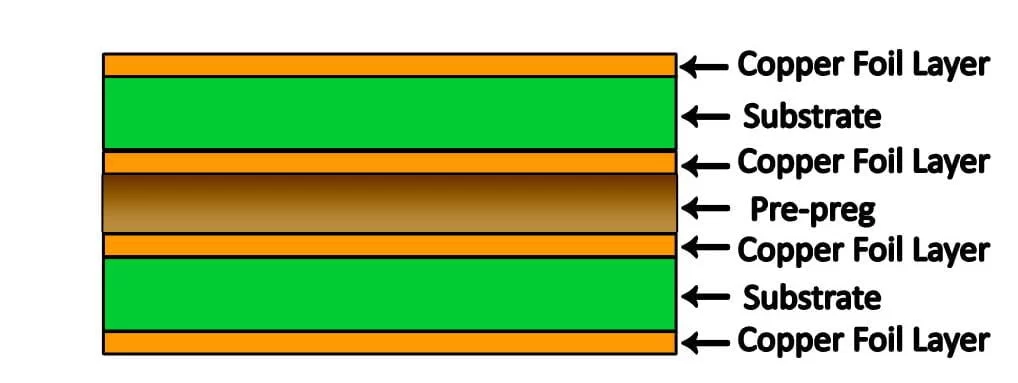
How Can Design Optimization Enhance PCB Reliability and Performance?
Signal Integrity: Use proper trace routing and impedance matching to reduce noise and interference.
Thermal Management: Incorporate heat sinks, thermal vias, and adequate spacing for heat dissipation.
Manufacturability: Follow design-for-manufacturing (DFM) principles to minimize production errors.
Key Metrics and Methods for Quality Testing:
Electrical Testing: Verify continuity, insulation resistance, and circuit functionality.
Environmental Testing: Assess performance under extreme temperatures, humidity, and vibration.
Microsection Analysis: Inspect internal layers for defects like voids or delamination.
X-Ray Inspection: Detect hidden issues such as solder joint defects or misaligned components.
By understanding these principles and best practices, designers can create high-performance, durable PCBs that meet the demands of today’s technology-driven world.
PCB design is a dynamic and essential field that continues to evolve with advancements in technology. From understanding the basics of PCB structure to mastering advanced techniques like HDI and multilayer design, this guide provides a comprehensive overview of the key aspects of PCB design. By adhering to industry standards, optimizing workflows, and staying informed about emerging trends, designers can create innovative and reliable solutions that power the future of electronics. Whether you’re working on consumer gadgets, industrial systems, or cutting-edge automotive applications, mastering PCB design is the key to success in the modern electronics industry.
Next Steps: How to Get Started with Ayaa Tech PCB Design Services
Ready to elevate your BMS products with expert PCB design? Contact our team today for a consultation and discover how our specialized design services can enhance your battery management systems.
Contact Us for PCB Design Services:
Contact Us
Phone:
+86 138 2313 9067
+86 135 1009 5558
Email:
ayaa@ayaatech.com
SHARE
News Recommend
-
How does AYAATECH BMS work in E-scooters
01/16/2025 -
2024 battery show in Detroit,USA.
10/08/2024





